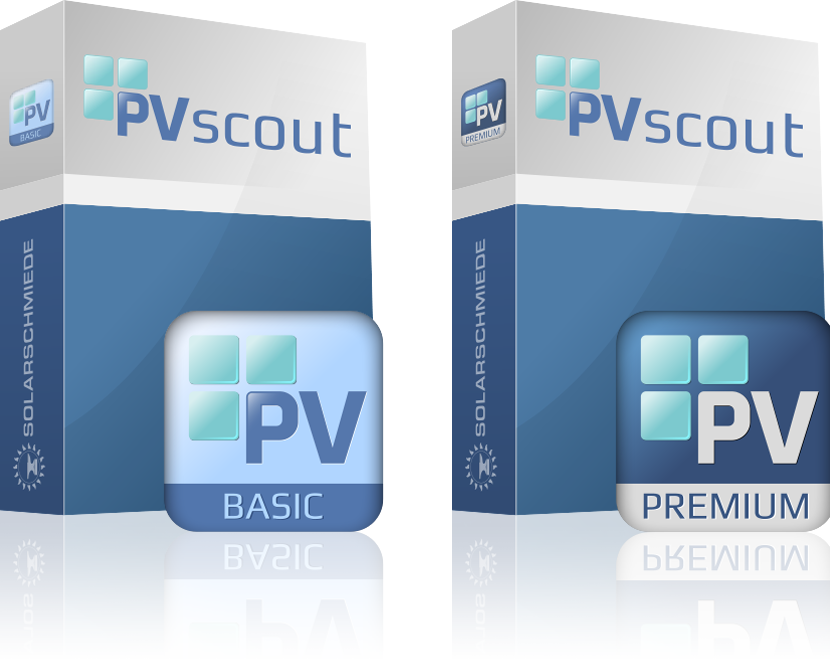FAQ Meteonorm Software 8.0
Here you will find answers to the most frequently asked questions about Meteonorm Software 8.0.
If your question is not answered, feel free to write to our support team
Weatherstations
Meteonorm offers unique access to the Global Energy Balance Archive Data (GEBA). The GEBA data is provided from national weather services and fulfils the quality criteria of the World Meteorological Organisation WMO. It also includes high quality measurement networks such as the Baseline Surface Radiation Network BSRN or the networks of MeteoSwiss and the German Weather Service.
Aerosols
The aerosol climatology in Meteonorm is provided by Solar Consulting Services / Chris Gueymard, which is currently the most accurate data set available on the market.
Satellites
The database of ground stations is extended with data from five geostationary satellites to fill gaps in areas where no weather stations are available. The satellite data is available on a global grid. The data was correlated with long term ground measurements to obtain homogenous long term averages.
Validation
All data is quality checked by Meteotest. The uncertainty of the data base and the generated typical years is transparently shown directly in the software and in the documentation.
More than 30 parameters
Global, direct and diffuse irradiation on horizontal and inclined surface, temperature, relative humidity, wind speed, cloud cover, illuminance, UVA/UVradiation, mixing ratio, snow depth, atmospheric pressure, precipitation, days with precipitation, Sunshine duration, dew point temperature, wet bulb temperature, surface temperature, Linke turbidity factor and many more.
Calculation of hourly values
From the monthly values (station data, interpolated data or imported data), Meteonorm calculates hourly values of all parameters using a stochastic model. The resulting time series correspond to “typical years” used for system design.
ZAdditionally, the following parameters are derived:
- solar azimuth and elevation
- global, diffuse and beam (direct normal) radiation as well as radiation on inclined planes
- longwave radiation
- luminance
- UVA/UVB, erythemal radiation
- precipitation, driving rain
- humidity parameters (dewpoint, relative humidity, mixing ratio, psychrometric temperature)
The generation of humidity values is optimized to fit building and climate system simulations (including extreme hourly values).
36 output formats
36 different predefined export formats are available. They cover most of the established simulation software in solar energy applications and building design, including TMY2 and TMY3, EPW, TRNSYS as well as output formats for TRY (German test reference years), POLYSUN, TSOL/PVSOL, PVSyst and PHPP. All export formats are available for hourly as well as monthly values. Data is written to ASCII files.
Alternatively, the parameters and the desired units can be defined in a user-defined export format.
Data import
Meteonorm offers dynamic web downloads of current monthly temperature and radiation data (for Europe available data from 2007 onwards). With one mouse click, current data is imported from the internet and displayed. This allows solar energy calculations and performance checks of energy systems based on current data sets.
You can import your own monthly or hourly radiation and temperature data into Meteonorm with a specific import interface. Subsequently, you can apply the Meteonorm models and procedures to this data to gene rate random time series.

Support
Phone: +49 (0)89 990 13 840
Email: info@solarschmiede.de